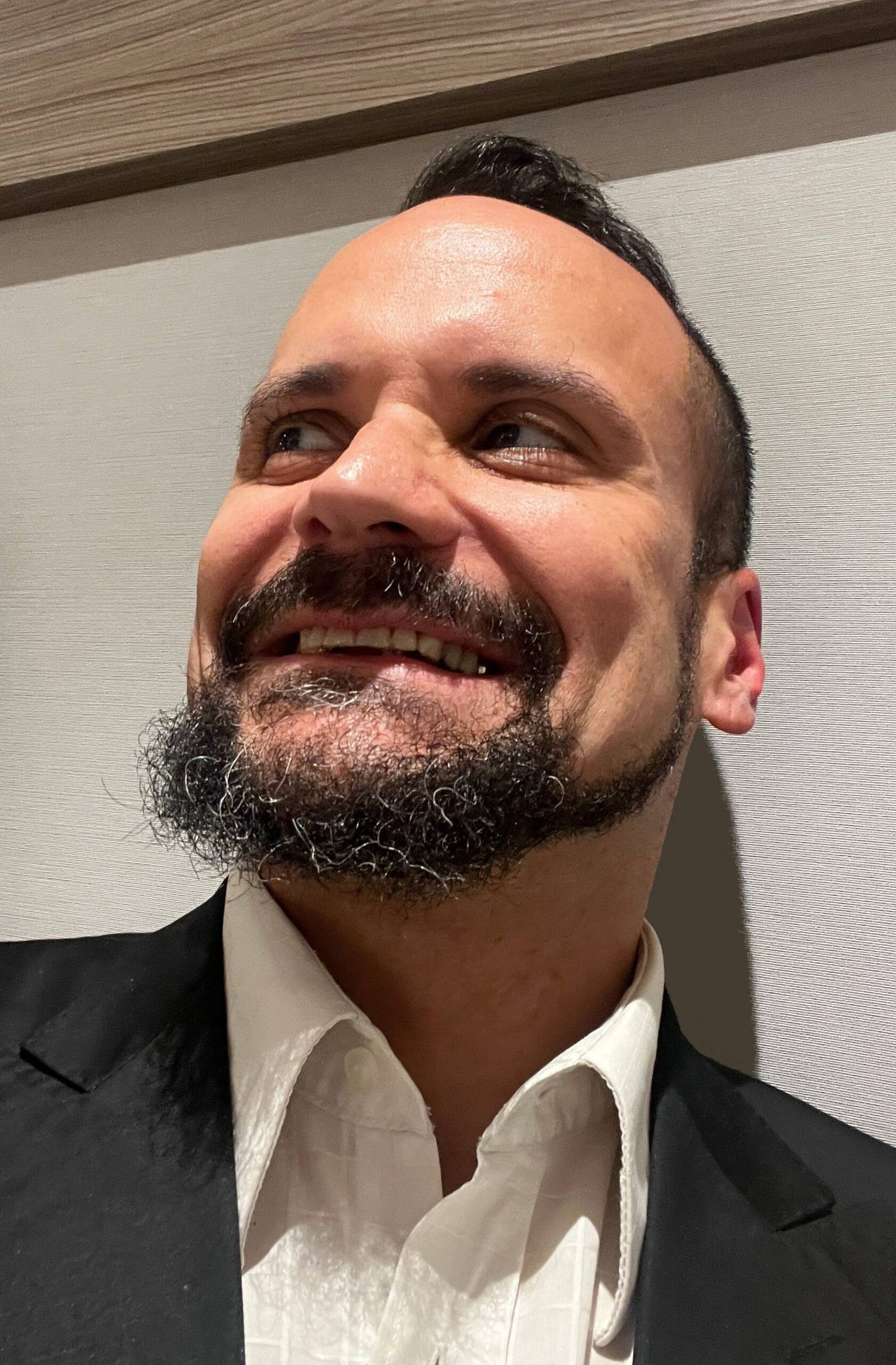

































This unusual Ukrainian movie takes place in March 1996. That’s just a few years after the nation’s independence from the USSR, and just before the last death penalties were carried out (as a consequence of the young country joining the Council of Europe). It is a period of transition. The past looks bleak. The future does not look particularly bright, either. Matters are often solved with close-range bullets, and justice is a concept as elusive as a flying unicorns. Ukraine is desperately conducting some soul-searching. The prices (an old harmonica at the local flea market costs a mere 1.3 million hryven) suggests that inflation is rampant and the economy in collapse mode.
The images are almost entirely handheld, with a thick grainy texture, shot with vintage equipment from the period portrayed. Both the cinematography and the set design deserve unequivocal praise for achieving such level of realism. The film indeed looks like it was made in the 1990s. The buildings, the signage, the street markets, the people and their clothes are still vaguel;y reminiscent of the Societ era. In fact, most of the film looks like a compilation of found footage.
The plot is hardly cognitive. It is often difficult to make out who the real protagonists are, and the whole affair often feels – probably unintentionally – like an ensemble cast movie. The story has more loose ends than an industrial mop. I would have not been able to write this short synopsis without the help from other sources. Forensic psychiatrist Alexander (Andrii Zhurba) and sheriff Ildar (Novruz Hikmet) investigate the murder of a bald police officer (his name is never disclosed) by the local creek. Alexander and Ildar have one child each. Thery appear as adults living in what resembles an artistic commune, in a very clumsily-assembled prologue. The murderer is eventually identified: a man called Bogdan Billak, who seems to have some mild mental health issues. He barely knows where he is, and scarcely remembers the USSR acronym.
The movie title is as arcane as the film itself. Alexander explains that he was searching for a meaning for ” La Palisiada” for a long time, asking other psychiatrists on the process. I presumed it was a pun on Italian “la pagliacciata” (“the clownery”), or a Slavonic wordplay on “police”. The man concludes: “it’s actually a figure of speech, a speech redundancy”. This sounds almost like a comment on the film itself, where characters blabber incessantly, often indistinctly and over each other.
The powerful final scene was filmed in a prison in Bucha, a city now commonly associated with Russian war crimes. You wouldn’t know this and many other facts unless you are very familiar with Ukrainian history and culture. Otherwise, La Palisiada may come across as some sort of disjointed clownery. Right now, the appetite for films from war-savaged Ukraine in European film festivals is stronger than the requirement for narrative coherence.
La Paliasada was in the Official Competition of the 41st Turin International Film Festival, whne this piece was originally written. It premiered earlier this year at the International Film Festival Rotterdam. Showing at the London ICA on August 28th (2024).
















